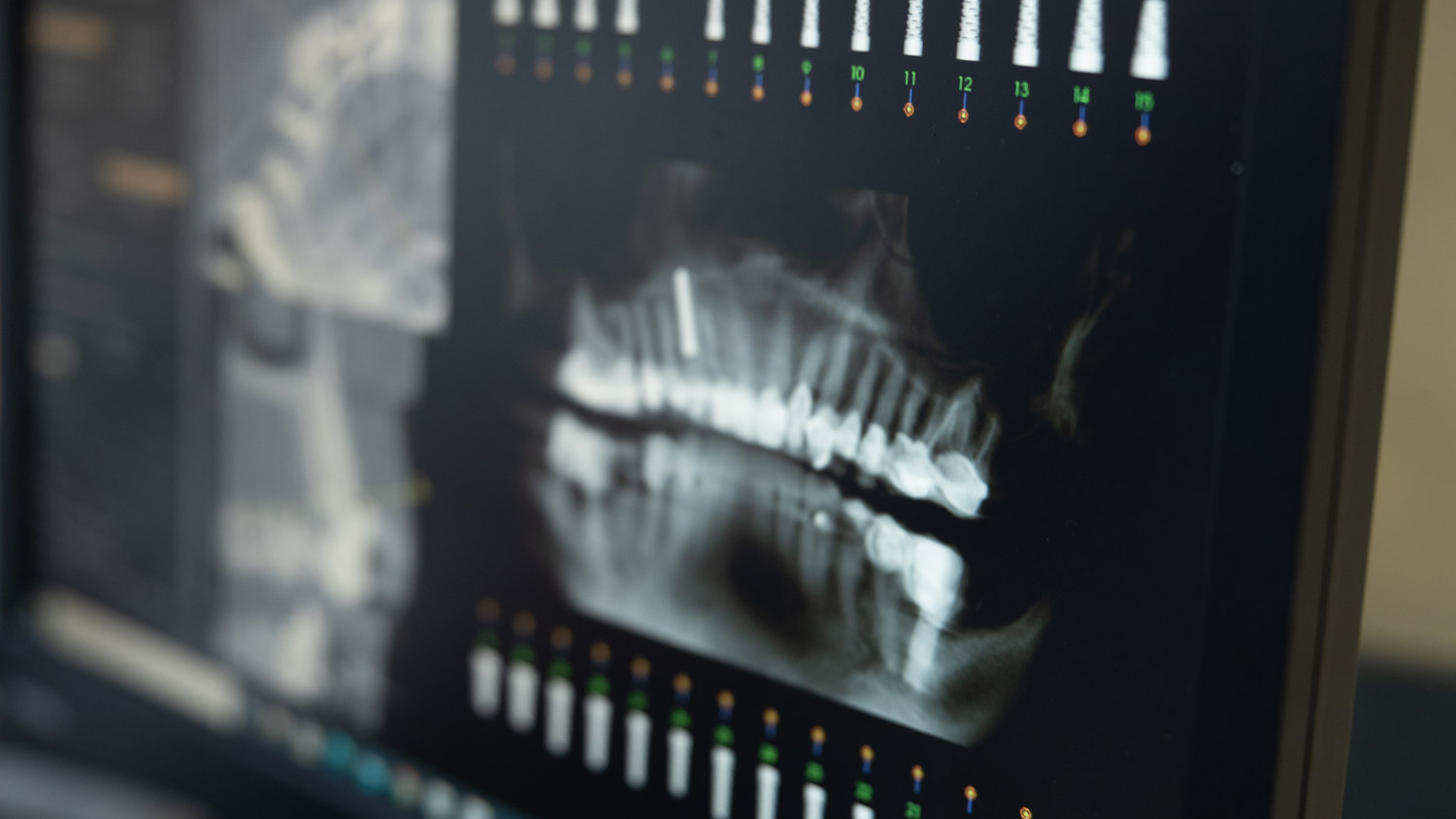Exploring Bone Regeneration Options for Dental Implants
Dental implants have become a cornerstone in restorative dentistry, offering a durable and aesthetically pleasing solution for missing teeth. The success of these implants, however, is contingent upon the presence of robust and voluminous jawbone. A common challenge faced by many is bone loss in the jaw, particularly among individuals who have endured prolonged periods with missing teeth. While bone grafting is a well-known precursor to implant placement, it’s not the sole path to achieving the necessary bone density. This article delves into the nuances of bone loss, the traditional bone grafting method, and alternative strategies that might better align with your dental restoration goals.
The Critical Role of Jawbone Density in Dental Implants
The jawbone’s integrity is paramount for the successful integration and longevity of dental implants. Serving as the foundation of our oral architecture, the jawbone’s density and volume directly influence implant stability and functionality. Bone loss in the jaw can undermine this foundation, presenting obstacles to potential implant recipients.
Bone Grafting: The Conventional Approach to Enhance Bone Volume
Bone grafting stands as a prevalent procedure in periodontics, aimed at augmenting the jawbone’s volume to securely anchor dental implants. This technique is versatile, addressing ridge deficiencies and strengthening weakened areas. By introducing new bone material, either from the patient’s body, a tissue bank, or synthetic sources, bone grafting endeavors to stimulate natural bone growth, eventually supplanting the graft material with newly formed bone.
Dr. David Mugford from Crofton-based Mugford Center for Periodontics & Dental Implants emphasizes, “For implants to succeed in the long run, a firm attachment to the jawbone is crucial. Bone grafting not only enhances the implant site’s thickness and strength but also sets the stage for the restoration of a functional and aesthetically pleasing smile.”
The procedure typically involves a small incision in the gum to reveal the underlying bone, followed by the addition of grafting material. This material acts as a scaffold, promoting the deposition of new bone cells by the body. Over time, the graft is absorbed and replaced by the patient’s own bone, achieving the desired augmentation.
The Advantages of Bone Grafting
Beyond volume enhancement, bone grafting plays a critical role in eradicating bacteria beneath the gum line, potentially reducing periodontal pocket depths. The introduction of proteins that foster bone and dental tissue regeneration can further amplify the procedure’s benefits, offering a comprehensive approach to oral rehabilitation.
Diverse Sources of Bone Grafting Material
The selection of grafting material is tailored to each patient’s unique needs, encompassing a range of sources:
- Autografts: Utilize the patient’s own bone, necessitating two surgical sites – one for harvesting and the other for graft placement.
- Allografts: Derived from processed human bone from deceased donors, sourced from tissue banks.
- Xenografts: Animal-origin grafts, typically bovine, used for their biocompatibility.
- Alloplasts: Synthetic materials engineered to mimic natural bone properties.
Zygomatic Implants: An Alternative for Complex Cases
For individuals where bone grafting is not viable, zygomatic implants present an innovative solution. These longer implants anchor into the zygoma (cheekbone), a typically denser and thicker bone, offering a stable foundation for implant-supported prostheses. Particularly suited for more extensive rehabilitations, zygomatic implants boast a high success rate, even surpassing traditional implants in grafted bone in some cases.
Embarking on Your Dental Restoration Journey
Choosing the right path for dental restoration is a decision that should be made with comprehensive information and professional guidance. At The Mugford Center for Periodontics & Dental Implants, we’re dedicated to exploring all viable options with you, ensuring a treatment plan that aligns with your dental health goals and lifestyle. For personalized consultation and to discuss the potential of bone grafting or alternative treatments in your dental implant journey, we invite you to reach out and schedule an appointment. Together, we can pave the way towards a revitalized smile.
Get More Information on Bone Regeneration Options for Dental Implants
When you come in for your consultation, we will go over all the details if this is the treatment recommended for you. We offer flexible scheduling options and can assist with your dental implant and bone grafting questions. Please call us today to get started! Call The Mugford Center for Periodontics & Dental Implants today at (410) 260-0790.

